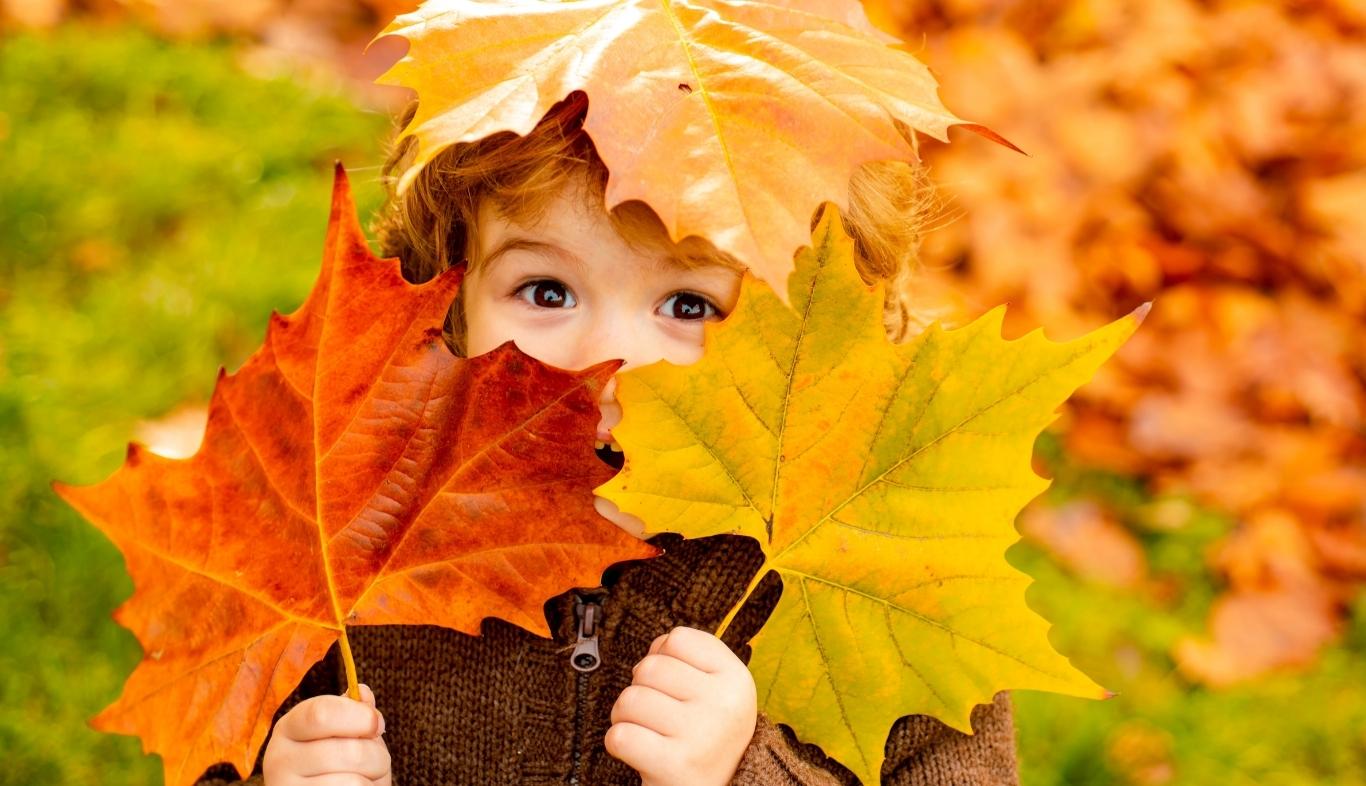
We’re deep into fall, and the leaves have been in free fall for weeks. And we at Statistics Canada know that you want to know the numbers. It seems like just yesterday we were talking about cutting the grass!
Canada has almost 362 million hectares of forest, accounting for 9% of the world’s forests. This area is larger than Alberta, Quebec and Ontario combined.
Broadleaf trees, such as poplar, birch and maple, are those whose leaves fall in autumn. Leaves on coniferous trees, including pine, fir, hemlock and cedar, do not fall.
Broadleaf forests are more common in parts of eastern Ontario, southern Quebec, in a band across the Prairie provinces, in parts of the Maritime provinces and in the western Northwest Territories.
Trees in and near urban areas will be reflective of the surrounding forest composition. There will also be trees that were planted, so the amount of leaves falling in your neighborhood might differ quite a bit from the one across town, or in the next town!
So how do you deal with all those leaves? Most of us rake them, but some of us love our machines.
Just over a fifth (21%) of Canadian households in 2019 owned a leaf blower, up from 13% in 2011. And, like the amount of leaves in your neighborhood, the amount of leaf blowers among your neighbours may vary too.
Among provinces, nearly one in three (29%) Saskatchewan households had one, followed by 27% of Manitoba’s households.
Among the largest census metropolitan areas, two in southern Ontario shared top spot: over 4 in 10 (42%) households in both St. Catharines–Niagara and Windsor had a leaf blower. About the same proportion (39%) of households in Lethbridge, Alberta, did as well.
Contact information
For more information, contact the Statistical Information Service (toll-free 1-800-263-1136; 514-283-8300; infostats@statcan.gc.ca) or Media Relations (statcan.mediahotline-ligneinfomedias.statcan@statcan.gc.ca).
